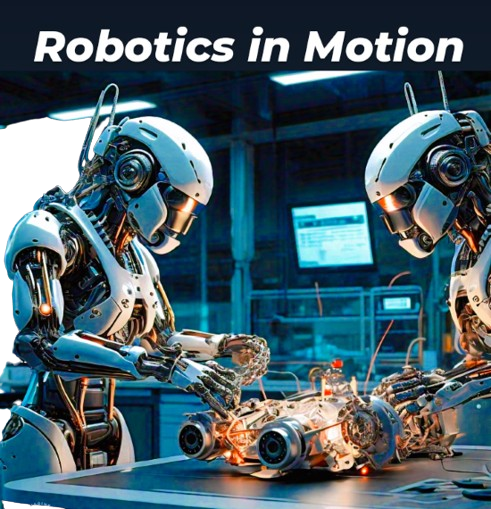Robotics in Motion
Robotics in Motion: Transforming Industries and Lives.
Moving the world forward with intelligent robotics solutions.
Robotics has come a long way from its humble beginnings as a niche technology. Today, robotics is a rapidly growing field that is revolutionizing various industries and aspects of our lives. Robotics in motion refers to the ability of robots to move and perform tasks that require flexibility, dexterity, and precision.
In manufacturing, robots in motion are used for tasks such as welding, painting, and assembly. These robots can move along conveyor belts or navigate through warehouses, streamlining production processes and improving efficiency. For instance, companies like Amazon and DHL use robots to sort packages and manage inventory, reducing labor costs and increasing accuracy.
In healthcare, robots in motion are being used for rehabilitation, surgery, and patient care. Robots like the da Vinci Surgical System enable surgeons to perform complex procedures with precision and minimal invasiveness. Rehabilitation robots help patients regain mobility and strength after injuries or strokes.
Service robots, like those used in hospitality and retail, are also in motion. They can navigate through crowds, avoid obstacles, and interact with customers. Examples include robots like Pepper, which can recognize emotions and provide personalized assistance.
The development of autonomous vehicles is another significant application of robotics in motion. Self-driving cars and drones can navigate through complex environments, avoiding accidents and improving safety.
As robotics continues to advance, we can expect to see more innovative applications of robotics in motion. From search and rescue operations to environmental monitoring, the potential is vast.
However, as robots become more integrated into our lives, there are concerns about job displacement and data privacy. It’s crucial for policymakers and industry leaders to address these issues and ensure that the benefits of robotics are shared equitably.
In conclusion, robotics in motion is transforming industries and lives. As we continue to push the boundaries of what robots can do, we must prioritize responsible innovation and harness the power of robotics for the betterment of society.
